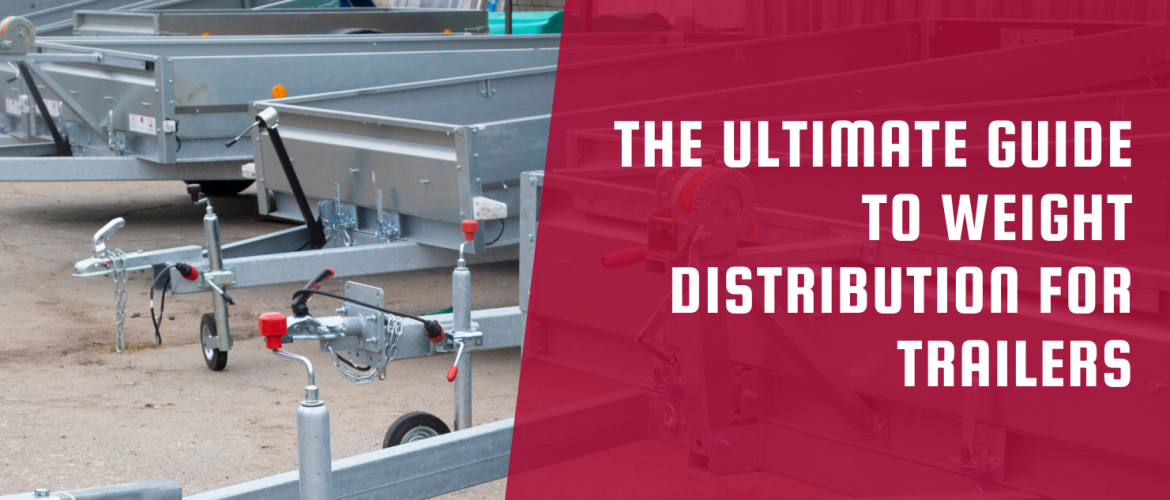As vehicles have increased in power, towing has become more common among motorists. It’s important to understand what is legal, safe and sensible when it comes to towing a trailer. This blog dives into towing, providing information and techniques you should know.
It is important for motorists to understand weight distribution for trailers. Understanding how weight impacts handling, braking and your vehicles towing ability is essential. Keep reading to learn more!
Why is Trailer Weight Distribution so Important?
The dangers of an incorrectly loaded trailer cannot be overstated, as they pose significant risks to both road safety and the well-being of individuals on the highway. Improper distribution of weight within a trailer can lead to a multitude of problems, such as reduced vehicle stability, increased stopping distances, and a higher likelihood of rollovers. An unbalanced load may also cause the trailer to sway or fishtail, making it difficult for the driver to maintain control.
The following video demonstrates how shifting weight can impact the movement of a trailer.
Knowing all of these reasons why weight distribution is so important for trailers and towing will help give you all the tools and knowledge you might need to successfully tow. However, you might still be asking ‘well how do I ensure I have the right weight distribution?’, well keep reading and you’ll find out!
How to Properly Distribute Weight on Your Trailer
Determine your trailer’s load limit
You can do this by finding the ‘Gross Vehicle Weight Rating’ (GVWR) number or reference on your trailer’s VIN label. This GVWR should not be exceeded, otherwise it means you are overloading weight and increasing potential safety risks.
Park on a flat surface
Find a nice flat parking space where you can start loading your trailer up. A flat surface will ensure the trailer doesn’t shift. But, be sure to chock the wheels and engage the emergency brake to ensure stability.
Weight distribution Ratio
The 60/40 rule is most commonly followed for trailer weight distribution. This involves having 60% of the weight at the front of the trailer and 40% at the back. The reason you can’t have too much weight at the front is because you will put a strain on your front axle. A common indicator that your load is too heavy is if your car is sagging at the hitch or the headlights are pointing upwards. Remember to also tie down and secure bulky or loose items, so that they don’t fly off when you are driving and cause an accident.
Attach a weight distribution hitch
Using a weight distribution hitch is also highly recommended, especially if the trailer weighs 50% or more than your vehicle’s weight. It helps bring the car and trailer to a level ground, hoping to reduce any strain on your vehicle and extend the life of your vehicle’s suspension.
Taking these tips into consideration and any further outside research/knowledge you should be fully equipped to tow your trailer safely. Happy towing!
The team here at Bus 4×4 are advocates for road safety. Whether it be a 4WD bus, a Toyota LandCruiser, or the family SUV, understanding how to tow a trailer safely is essential to road safety.
Did you know that our commuters can carry up to 1 tonne of cargo as well as 8 full size adults? Talk to our team and explore our innovative transport options.











